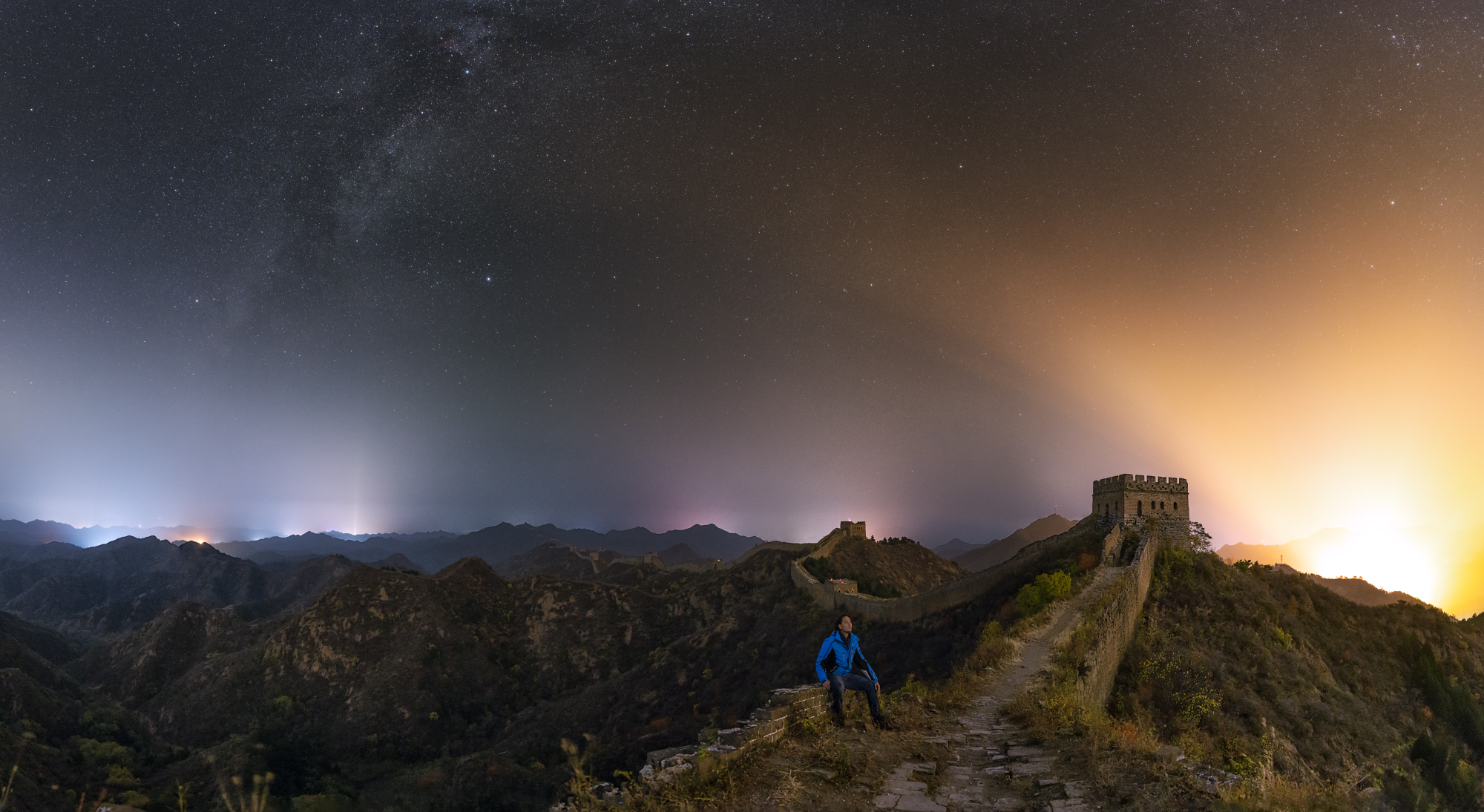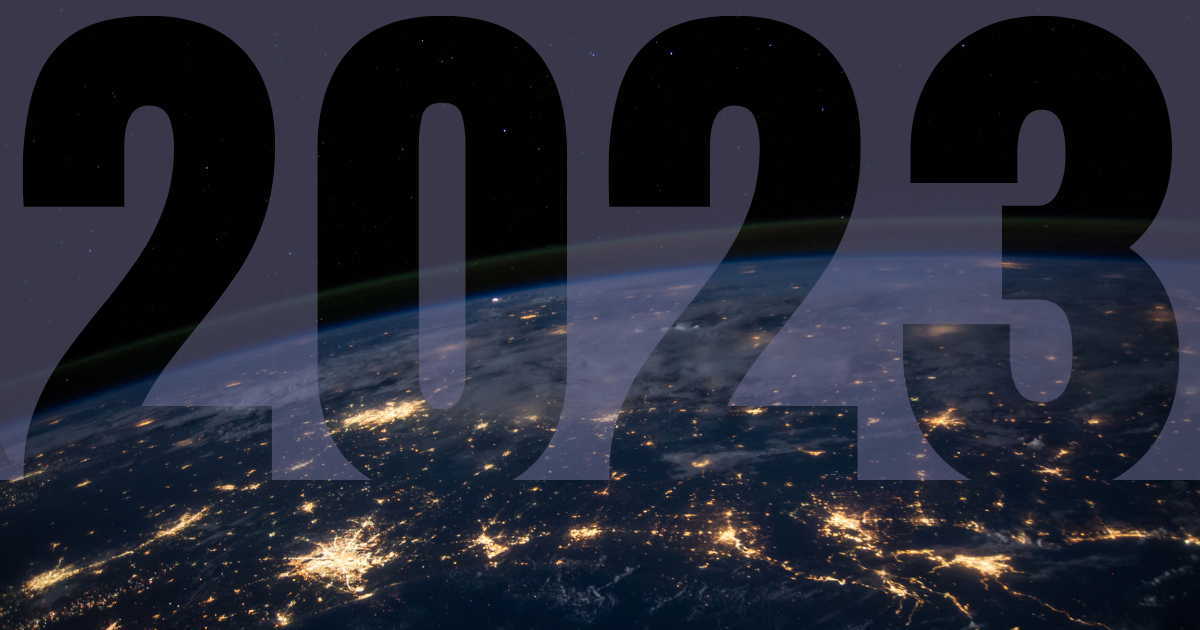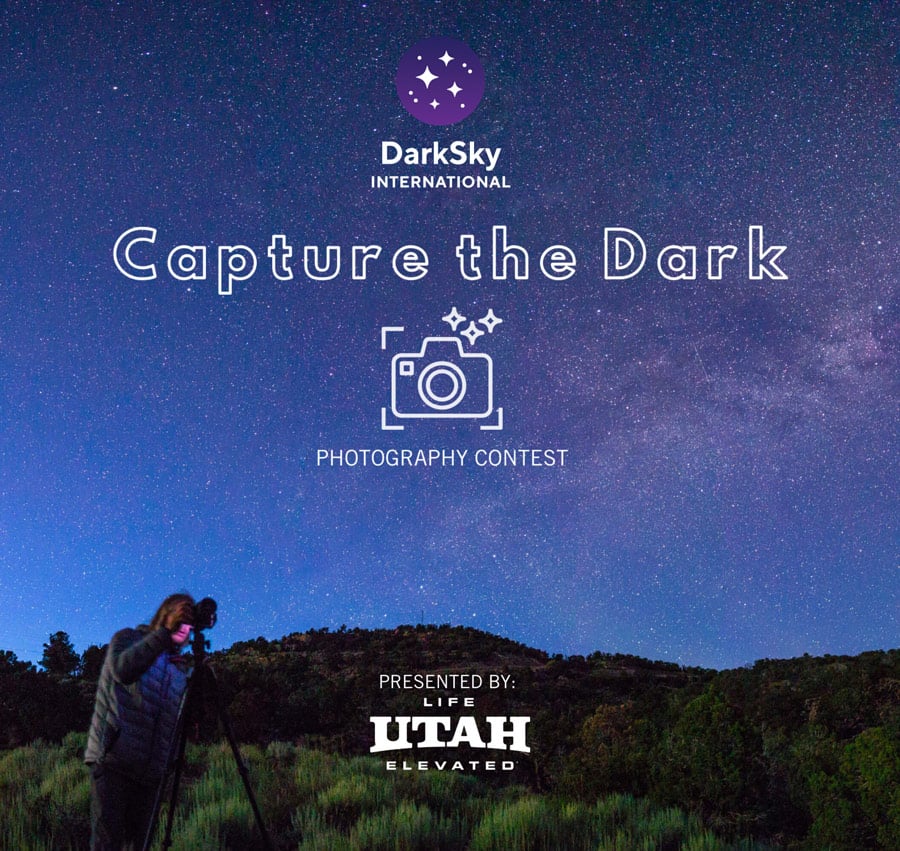
Winning Submissions for Capture the Dark Photography Contest

Nighttime photography plays an important role in the dark sky movement. A photograph of a naturally starry sky connects those who’ve never laid their eyes on the Milky Way to a universe hidden behind the veil of skyglow. It has the power to transport us, understand our place in the world, and inspire us to connect with, and ultimately protect, the night.
In celebration of the night, IDA hosted the ‘Capture the Dark’ Photography Contest during May 2020. In two weeks, IDA received nearly 450 submissions from around the world which were then judged by a panel of international judges. Below are the winning and runner-up photos for each category.
Connecting to the Dark
Experiencing a natural night provides perspective, inspiration, and leads us to reflect on our humanity and place in the universe. Share a shot that illustrates our connection to the night.
Winning Submission:

“I have a 4 year old daughter, which is really in love with the night sky. She is fascinated from the planets, stars and the Milky Way. She is always asking me to come with me, when I am going to shoot the Milky Way. So I decided to make her part of the process and try to show her what it’s like to be out under the dark sky, and see the beauty of the night sky. I hope that one day, she will remember that and this memory will make her a good and decent person, which really taking care of the planet and the night sky, and protect and develop that passion.” — Mihail Minkov
Second Place Submission:

“During the autumn months, Tasmania sees a brief explosion of the short-lived bioluminescent fungus, the so-called Ghost fungus (Omphalotus nidiformis) in secluded damp forest patches affixed to rotting trees. Owing to their typical low position hidden underneath forest canopies, a view out to the night sky is very rarely afforded, much less on clear nights – making this view out to the crown jewel of the night sky, the galactic centre of the Milky Way, a truly once in a lifetime opportunity. — Benjamin Alldridge
Third Place Submission:

“In a cold night spent on the biggest salt lake of the world gave me the impression like I was floating in the outer space. The stars over my head and beneath may feet created a psychedelic impression, only my astrophotographer friends held my mind in the reality” — Attila Munzlinger
International Dark Sky Place
Over 130 protected lands and municipalities have been certified by IDA as an International Dark Sky Place creating havens for astrophotographers around the world. Share a shot taken in one of these locations.
Winning Submission

“A typical landscape of french Pyrénées mountains, taken inside the Pic du Midi Dark Sky Reserve, during a summer night. At 1400m of altitude, the mountain torrent descend the valley where absolutely no source of light is visible at night, and protected from the light pollution far in the valley. From here we can still enjoy the beauty of a pure night sky where the Milky Way center shine literally to the naked eye.” — Jean-Francois Graffand
Second Place Submission

“Milky Way reflections off the pools in Badwater Basin after a fresh rainfall in Death Valley CA.” — Chris Olivas
Third Place Submission:

“After shooting in and around this area all year and the Park being a member of the International Dark-Sky Association I knew I had a good chance to shoot into the light and over the Village. This is a classic view of Waterton Valley and the Prince of Wales Hotel on the hill. Behind this hotel is more restaurants hotels and coffee shops etc, also has a huge campsite.” — Carl James
Impact of Light Pollution
Light pollution can have significant impacts on the environment, human health, and our access to the universe. Share a shot that demonstrates the impact of light pollution.
Winning Submission

“Stargazing on one of the most legendary ancient human creation, the Chinese Great Wall, makes you deeply think. Piece of deepest history meets current civilization, unfortunately producing the light pollution. Think about how wonderful skies could have ancient Chinese while walking the wall. Think about how deeply they respected the nature around. But nowdays it is far gone. And just up above, distant stars, living much longer than the whole civilization, are not even considered as part of our environment. Will we restore our respect?” — Petr Horálek
Second Place Submission

“This is my first trip for Chile. Before trip, what I [thought] was Chile is the one of place having a lot of darkest area. When I arrived and went around several place[s], certainly, the full of stars welcomed me. However, at the same time, I knew that several towns become get brighter for LED light. It is necessary that we know the light save us from threat, but we have to know too that much more lights eat up the nature as it should be.” — Teruyasu Kitayama
Third Place Submission

“This is an endangered Otago Shag from the Sumpters Wharfe colony in Oamaru, photographed in the shadow of a power pole, trying to find a dark spot to sleep, away from the harmful 4000K LED street light above.” — Damien McNamara
Bright Side of Lighting
Light pollution can give lighting a bad rap. But lighting that follows IDA’s Principles for Responsible Outdoor Light can be beautiful, healthy, and functional. Share a shot of lighting that respects the dark.
Winning Submission

“Panoramic view of the « Pont d’Espagne » site, in the heart of the Pic du Midi Dark Sky Reserve Absolutely no artificial light is visible. Surrounded by the mountains at 1500m of altitude, all the city lights in the valley are hidden. During the summer touristic season the little restaurant hosts some employees, which can generate the only light source of the site. Here only a faint warm bedside lamp is turned on in a room, but amplified by the long exposure and high iso, it seems to light up the place like a beacon and reveals the landscape.” — Jean-Francois Graffand
Second Place Submission

“A storm over the western range of the Colombian Andes give us a nice backcloth for the bright cities of Dosquebradas and Pereira. Also, the picture can be used to raise awareness about the importance of the transition towards a more efficient system of public lighting, since there is a pretty big part of the city that has adopted a better system of lighting, as we can see un the darker strip in the bottom. The glow on the left part of the horizon illustrates the concern of visibility of the dark sky.” — Sebastian Rámirez
Third Place Submission

“Situated on a hill top overlooking the Mekong River, this beautifully crafted Buddhist temple has a stand out feature named the Tree of Life which, accompanied by patterns on the ground that resemble roots are painted in fluorescent paint that bursts into life after sundown. The ironic story that night was that hundreds of tourists were trying to capture this beauty with flashes on their phone cameras. Lack of night photography skills left many folks frustrated they couldn’t capture their selfies in the dark without destroying the fluorescence. I waited until after the temple closed to get a clean people less foreground frame to blend with the sky. I had previously researched the temple was facing perfectly north/south and aligned nicely with the North celestial pole. I would have loved to stay much longer to capture more trails but security guards were closing up.” — Brian McDonald
Youth
Entrant must be 17 years old or younger. Share a shot for any of the above categories.
Winning Submission

“One of my favorite things about living in Texas is the blooming of the bluebonnets each year. I went out to Ennis, Texas to shoot the bluebonnets under the stars at a ranch owned by our friend Jim. It’s important to me to always be learning something new every time I shoot, so I spent the night learning how to focus stack manually and think through different compositions.” — Nayana Rajesh
Second Place Submission

“This road is not just any road, it’s a magical road. If you find it, it will lead you straight to the Milky Way. All you need is a rocket.” — Neil Shet, Age 14.
Third Place Submission

Thank you to all participants for their submissions! Your photos and the stories behind them make clear the important role the photography community plays in the dark sky movement. Thank you to our panel of judges as well for carefully reviewing hundreds of photos from around the world.
Looking for more beautiful photos? Check out the other finalists here.



















